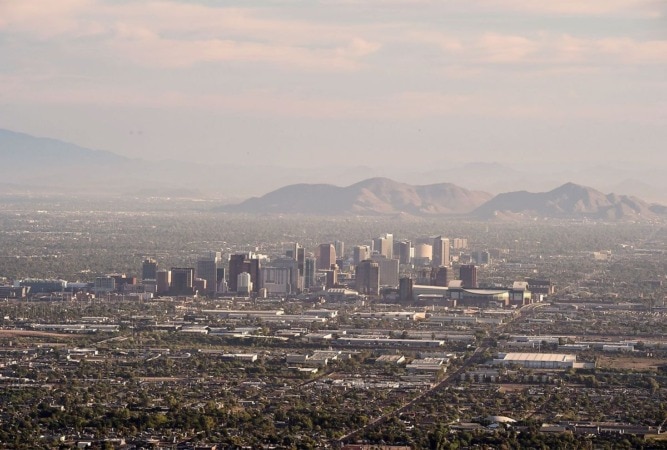
“There will come a day when the temperature won’t fall below 100 degrees in Phoenix during the nighttime,” Dr. Andrew Ross, a professor of social and cultural analysis at New York University who wrote “Bird on Fire: Lessons from the World’s Least Sustainable City,” told Salon. “That will be a threshold of some kind.”
The American Southwest has long been a refuge for those seeking the health benefits of warm, dry air and sunny days. But too much of a good thing is not a good thing — for human health or for the natural ecosystem. Now, the Southwest is facing a reckoning: decades of human development, coupled with rising global temperatures as a result of carbon emissions, means that many major cities in the Southwest may become uninhabitable for humans this century.
The reason has to do with something called the Heat Island Effect, a concept that describes the effect in which the densely-populated, central parts of a city with lots of concrete and asphalt will have higher temperatures compared to […]










